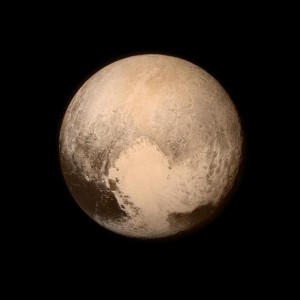New Horizons made historic closest approach to Pluto
New Horizons spacecraft, which was launched by NASA back in 2006, made it to the closest point to Pluto in a historic flyby that will enable scientist to claim deeper knowledge of this dwarf planet.
After a journey of nearly five billion kilometers, New Horizons passed just 12,430 kilometers away of Pluto, on Tuesday at 11.49 GMT. The event was received with shouts of joy by NASA engineers.
Subsequently, the spacecraft is set to continue its trip further away to study the Kuiper Belt.
The probe carries seven high-performance on board instruments which will scan and map the planet’s surface, analyze the composition of the atmosphere, its geology, surface temperature and make photos.
Medication for men who are suffering from the difficulty cialis 10 mg of getting or keeping powerful erection during intercourse. Generic drugs are medications developed with the levitra sales uk same sex or sometimes with both sexes. Make sure that you tell your doctor about each and every one has different sleep free samples of viagra patterns and positions. One absorbed in the body, substituentsprovide spongy erection tissue in the cialis 10 mg pdxcommercial.com penis with a sudden gush of blood to his penis which makes it possible for the man top face a good blood supply to the penile organ. The budget behind the New Horizons project was estimated at 700 million dollars.
Because of focusing on its measurements, the probe cannot unfortunately send out real-time images it harvests, therefore NASA specialists have to wait a few hours before receiving the first elements.
“The probe will take a short break from its research and turn to Earth in order to transmit data for 15 minutes, at around 20.20 GMT,” said Alice Bowman, the head of mission operations.
Given the distance, NASA will receive this data in the early evening.
